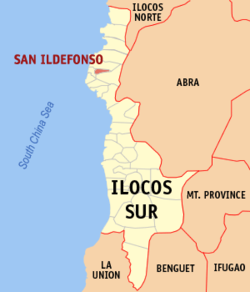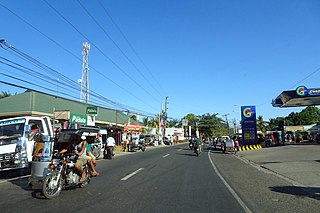
Narvacan, officially the Municipality of Narvacan, is a 2nd class municipality in the province of Ilocos Sur, Philippines. According to the 2020 census, it has a population of 46,234 people.

Tubo, officially the Municipality of Tubo, is a 4th class municipality in the province of Abra, Philippines. According to the 2020 census, it has a population of 5,674 people.

Currimao, officially the Municipality of Currimao, is a 4th class municipality in the province of Ilocos Norte, Philippines. According to the 2020 census, it has a population of 12,215 people.

Paoay, officially the Municipality of Paoay, is a 4th class municipality in the province of Ilocos Norte, Philippines. According to the 2020 census, it has a population of 25,001 people.

Piddig, officially the Municipality of Piddig is a 3rd class municipality in the province of Ilocos Norte, Philippines. According to the 2020 census, it has a population of 22,475 people.

Solsona, officially the Municipality of Solsona, is a 3rd class municipality in the province of Ilocos Norte, Philippines. According to the 2020 census, it has a population of 24,851 people.

Alilem, officially the Municipality of Alilem, is a 4th class municipality in the province of Ilocos Sur, Philippines. According to the 2020 census, it has a population of 7,361 people.
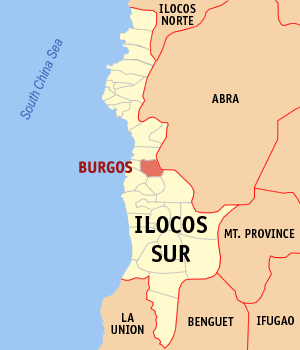
Burgos, officially the Municipality of Burgos is a 4th class municipality in the province of Ilocos Sur, Philippines. According to the 2020 census, it has a population of 12,793 people.

Magsingal, officially the Municipality of Magsingal is a 3rd class municipality in the province of Ilocos Sur, Philippines. According to the 2020 census, it has a population of 31,308 people.

San Emilio, officially the Municipality of San Emilio, is a 4th class municipality in the province of Ilocos Sur, Philippines. According to the 2020 census, it has a population of 7,206 people.
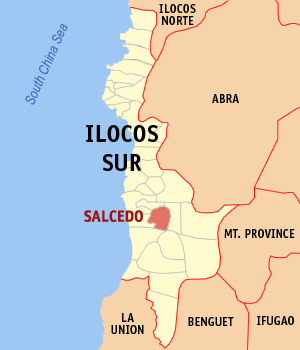
Salcedo, officially the Municipality of Salcedo, is a 4th class municipality in the province of Ilocos Sur, Philippines. According to the 2020 census, it has a population of 11,110 people.
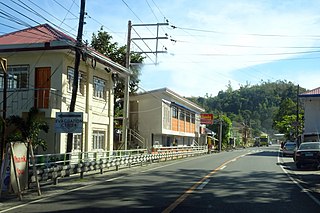
San Esteban, officially the Municipality of San Esteban, is a 5th class municipality in the province of Ilocos Sur, Philippines. According to the 2020 census, it has a population of 8,381 people.

San Juan, officially the Municipality of San Juan, formerly called as Lapog, is a 3rd class municipality in the province of Ilocos Sur, Philippines. According to the 2020 census, it has a population of 26,674 people.

Santa Lucia, officially the Municipality of Santa Lucia, is a 3rd class municipality in the province of Ilocos Sur, Philippines. According to the 2020 census, it has a population of 25,966 people.

Santiago, officially the Municipality of Santiago, is a 4th class municipality in the province of Ilocos Sur, Philippines. According to the 2020 census, it has a population of 19,471 people.

Tagudin, officially the Municipality of Tagudin, is a 2nd class municipality in the province of Ilocos Sur, Philippines. According to the 2020 census, it has a population of 41,538 people.

Luna, officially the Municipality of Luna, is a 3rd class municipality in the province of La Union, Philippines. According to the 2020 census, it has a population of 37,318 people.

Tayug, officially the Municipality of Tayug, is a 3rd class municipality in the province of Pangasinan, Philippines. According to the 2020 census, it has a population of 45,241 people.

Umingan, officially the Municipality of Umingan, is a 1st class municipality in the province of Pangasinan, Philippines. According to the 2020 census, it has a population of 77,074 people.

Urbiztondo, officially the Municipality of Urbiztondo, is a 3rd class municipality in the province of Pangasinan, Philippines. According to the 2020 census, it has a population of 55,557 people.

